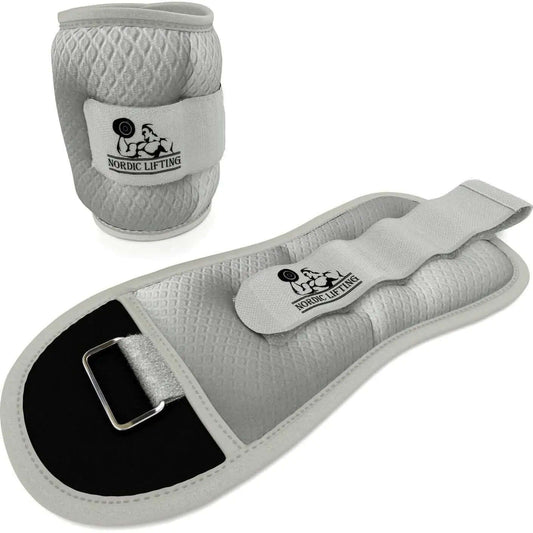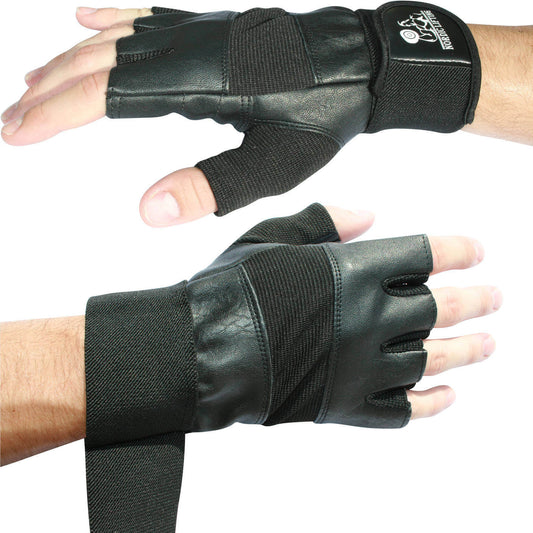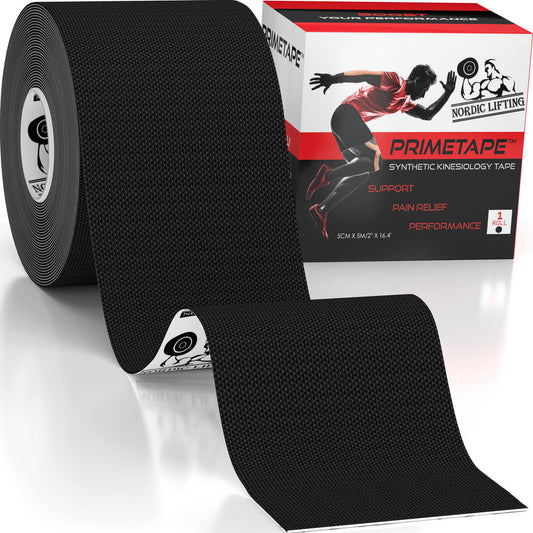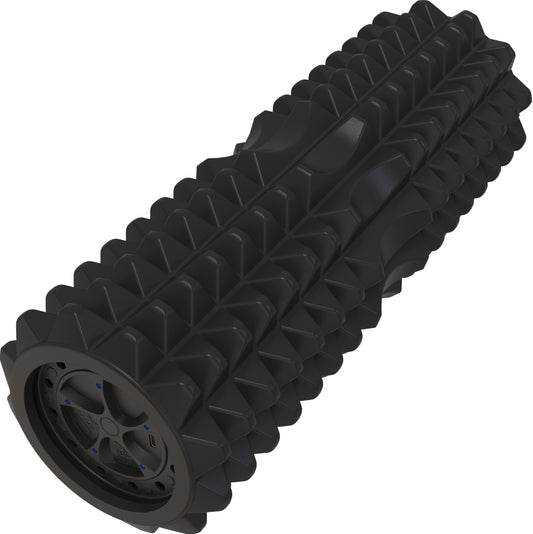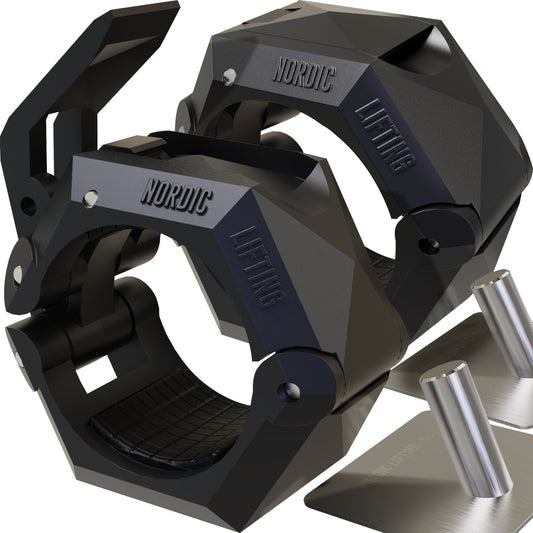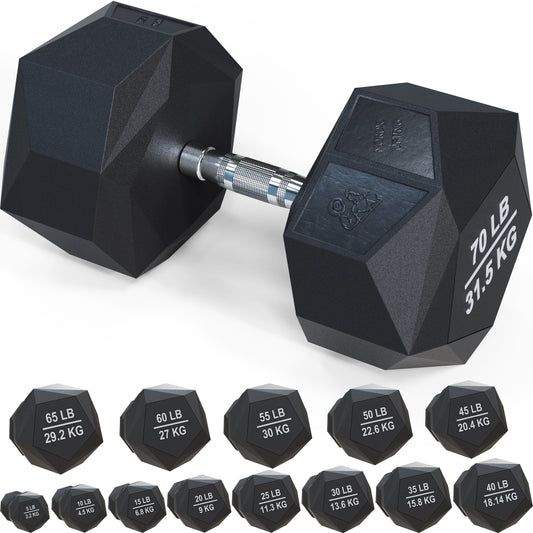
We‘ve all been there, lying on our sofas after a long, hard workout, taking in the pleasurable feeling of post-workout exhaustion. Nothing beats knowing that you did your best and outperformed yourself at the gym. However, waking up the next day only to find out you can barely move a muscle can definitely be troublesome. In the sporting community, this is a well-known and studied effect known as Delayed Onset Muscle Soreness or DOMS.
Experienced by both seasoned athletes and complete amateurs, DOMS is no joke, and the pains registered are wildly different, ranging from light sores to almost unbearable agony. Whether you’re a heavy lifter, a relentless cardio junky, or a CrossFit enthusiast, you’ve probably experienced it already. But what exactly is DOMS, and how can you reduce its effects while maintaining a strong and healthy workout?
The classic symptoms of DOMS are muscle soreness, a reduced range of motion, diminished muscle strength, and overall fatigue. While experienced athletes are acquainted with this state and have learned to adapt and overcome it, people who are just starting out in the workout world can be overwhelmed by DOMS. In some cases, these pains end up being so intense that people give up training altogether.
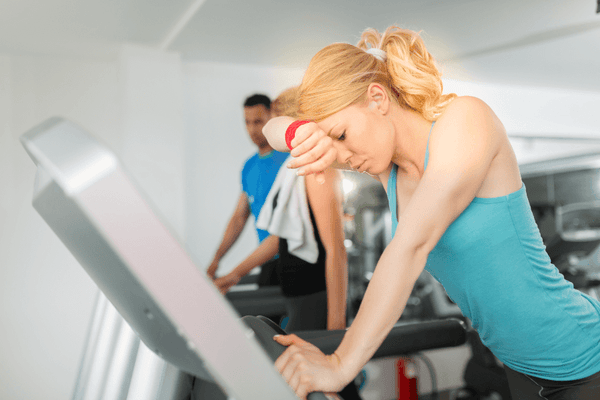
Believe it or not, when you exercise, you create microtears within the fibers of your muscles. This is a completely natural process and an unavoidable part of working out. Over an extended period of time, this leads to extended stamina and increased strength, as well as muscle growth.
The extent of these tears does somewhat depend on the intensity and duration of your workout, but there are more factors at play. Warm-ups, proper hydration, and genetics play a major role in DOMS, and they affect every individual differently. And while there is little you can do to affect your body’s genetic response to working out, there are steps you can take to reduce the effects of DOMS:
1. WARM-UP. And I don’t mean walking around a little and spending 5 minutes stretching your arms and legs. There’s a reason a warm-up is named the way it is you are supposed to be physically warm and ready for action once you’ve finished it. Inexperienced beginners are especially prone to making this mistake, whether it’s due to a lack of time or knowledge.
In short, your warm-up needs to involve your entire body, from your fingers right down to your ankles. A good warm-up means introducing your body to flexing and tension, getting your joints and muscles ready for action. Ideally, you also want to include some cardio after a thorough flex and stretch.
It’s also important to note that while you don’t need to do another warm-up after your workout is finished, doing some extra stretching and flexing before heading to the shower will definitely diminish the DOMS effect on your muscles and joints.

2. STAY HYDRATED. This is another very important step to take in ensuring reduced DOMS. Proper hydration nourishes the body throughout your entire workout and maintains fluid levels.
While the effect is different for everyone and there is no set amount of water you need to intake, failing to stay hydrated can definitely result in elevated muscle pain. You should have at least a 16.9-ounce bottle with you for any kind of workout, and extended sessions may require even more hydration.
*Quick tip: don’t consume water in large chunks when working out. It is much better to take multiple small sips in between exercises!
In some cases, water might not be the optimal beverage to use in your workout. In the case of a longer or more intense workout, an electrolyte-infused drink can provide superior hydration. Combining this with small but regular breaks between exercises will ensure your body stays hydrated and regenerates faster, leading to fewer DOMS.
3. KEEP ON MOVING. In this day and age, many people struggle to find time in their busy lives for a balanced workout. Even if you do manage to allocate the required time, your gym workout is often the only part of your day when you’re on your feet. Understandably, this is not always easy to solve, but just a couple of small steps can make a world of difference.
Whether you do your workouts early on before your workday or save them for the evening, your day should involve as much movement as possible. You should be able to allocate at least 3-5 minutes per hour for a little walk and some stretching. If your work involves physical labor, use that time to take a rest, ideally sitting down.
The reason this is so important is because your body struggles to adjust to the small window of power workouts that you expose it to. Your muscles are forced to deal with unusual levels of stress and fatigue over a short period of time, and following that up with 8 hours of sitting down is a surefire way of getting some nasty DOMS.

To wrap it all up – there are multiple factors that contribute to DOMS and people experience different levels of it. Some are affected massively while others barely feel it after the workout of their lives. Happily, there are ways of reducing the severity of DOMS and it’s all a matter of thinking ahead and doing a little bit of planning and preparation.








